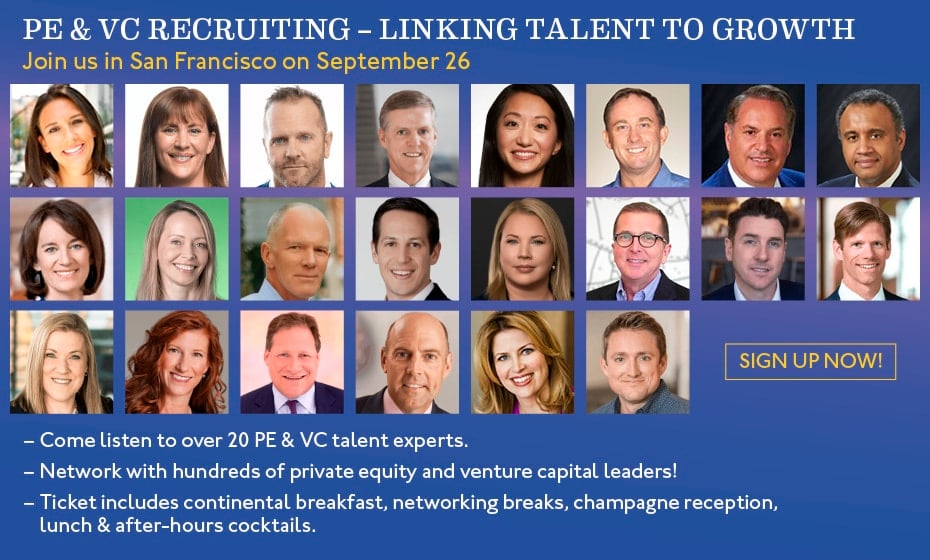How to Avoid Hiring the Wrong Leader

July 17, 2019 – With pressure on search firms to fill senior posts in a timely manner, it can be easier than you think to fill a critical position with the wrong candidate. Maybe you’re bleeding revenue or your turnover is through the roof. Maybe you’re the one filling in until a role is filled. Whatever the reason, it’s on the top of your priority list, and the candidate can’t arrive soon enough.
You go through your internal process and find someone you believe to be great. Their resume contains the “must-haves,” the hiring process and references pan out, and it seems like they would be a great leader for your team. A few weeks in, however, you begin to observe behaviors that don’t fit with your company’s culture, the results you were expecting are not evident, and you are still doing the work you were planning to delegate to the new hire. You’re cautious not to throw the baby out with the bathwater, but it’s becoming clear that you may have made a mistake. And as the person responsible for that bad hire, it is now your job to correct it.
If this scenario hits a nerve, you are not alone. A recent report by executive search and talent acquisition company Y Scouts says that this situation can happen to anyone, from small business owners to Fortune 500 leaders alike. In a new report, Christine Rogers of Y Scouts presents three reasons why hiring the wrong leader is way too easy, and offers some helpful suggestions to keep your team from such exhausting, costly pitfalls.
The Y Scouts reports gives the following hypothetical examples:
1) Leadership Team is Unclear on the Role
Your leadership team meets to discuss an open role and the hiring manager is only able to attend for the first 15 minutes of the meeting; the other two individuals are listening and nodding while checking their emails while you’re walking them through the job description you worked on at length. Weeks later, when you have a candidate in the final stages of the interview process, you receive mixed feedback from stakeholders after they’ve conducted the interviews, and there’s no consensus.
“Make time to be certain the key stakeholders are clear on the role, the critical outcomes this individual will need to accomplish, and make time to co-create a hiring process that will assess the cultural alignment and competencies for the candidate,” said Ms. Rogers. “As a part of our Y Scouts search preparation, we hold a search strategy session for all key stakeholders and facilitate a healthy discussion to gain clarity from all parties on exactly what we are looking for in capabilities, experience, values, and leadership.”
 How to Avoid Hiring the Wrong People
How to Avoid Hiring the Wrong People
Constructing a company’s recruitment process almost always begins with the clarity, accuracy, and compelling nature of job descriptions. These documents, which formally detail the responsibilities, skills, and competencies a hiring manager seeks, lay the foundation for how efficiently the entire recruitment process will run.
2) Candidate Represents Themselves Perfectly
After your internal recruiter passes you a qualified candidate, every conversation with the prospect seems to flow seamlessly and naturally. The experiential stories the individual references are almost exactly what you need in this role. It seems natural and delightful, so you allow them to skim through some of their clear experience gaps, and when the candidate stumbles through some behavior-based questions, you give the benefit of the doubt and make the offer.
“Give the candidates only the information that is critical to convey about the role in initial hiring conversations,” Ms. Rogers said. “Be certain your internal recruiters are acting as your partner, being cautious not to divulge too much information about you as the hiring manager or the critical must haves for the role.”
Related: 3 Ways Assessments Can Go Wrong and How to Get Them Right
“It is human nature for candidates to begin to craft answers to fit the role he/she is trying to fill,” she said. “Creating an environment that encourages authenticity is key. At Y Scouts, we use a completely covert discovery process, not disclosing our clients or roles to ensure genuine responses through our hiring on purpose process.”
3) Candidate has Successful Track Record
You have a rock star individual contributor who is a high performer in every sense of the word. So when it comes to filling this key leadership position, he’s the first one you think of as he’s proven to be successful in everything he’s done in your organization. He may be new to this function, and he doesn’t have extensive leadership under his belt, but you feel good about this decision because he’s a known quantity, so you move through the process quickly and offer him the role. Just a few weeks later, you find that he needs much more coaching than you imagined. His confidence is waning, results are starting to slow and the team is beginning to question the leadership team’s decision.
“Create a hiring process and stick to it, regardless of whether the candidates are internal or external,” said Ms. Rogers. “Remember that you are not looking for the best person in the building to fill this role. You are looking for the best in the market. Just because an internal candidate has proven to be a success in one area of the business, does not mean success is imminent in other areas. Prior to considering anyone specifically for the role, create an unbiased hiring plan and measure each step of the process consistently with every candidate.”
 The High Cost of Picking a Wrong Leader
The High Cost of Picking a Wrong Leader
Selecting a CEO is arguably one of the most vital decisions a board makes. Companies that choose the wrong leader can suffer hits to their stock price and market capitalization and lose in a variety of areas — momentum, opportunities, reputation, customer goodwill and, perhaps most importantly, trust within the organization, which can take years to re-establish.
“While these suggestions do not guarantee success in every leadership hire, we know from experience that these core principles create a strong foundation from which to build,” Ms. Rogers said.
Search Consultant Weights In
According to Harvard Business School, 40 percent of all executives who change jobs or get promoted fail in the first 18 months, a number that has remained steady for the past 15 years. Despite understanding the high stakes of these decisions and witnessing high-profile failures, boards have not made wholesale improvement in CEO selection. So why is CEO succession and selection so hard to get right? Many boards still cling to a CEO selection process that sets organizations up for failure.
“Concern over hiring the wrong CEO can lead some boards to a cautious, closed search process designed to minimize the risk of failure,” said Sam Pettway, founding director of BoardWalk Consulting, a specialist search firm focused on recruiting CEOs and senior leaders for non-profits and foundations. “We say refocus that concern.” The best searches, he said, are creative, impactful, innovative efforts designed to attract aspirational candidates to a compelling mandate. “Yes, it might be expensive to unravel a bad hire, but the opportunity cost of a truncated or mediocre search can be far higher,” said Mr. Pettway. “As an early boss once preached, ‘Why do we never have enough time to do it right but always enough to do it over?’”
Contributed by Scott A. Scanlon, Editor-in-Chief; Dale M. Zupsansky, Managing Editor; Stephen Sawicki, Managing Editor; and Andrew W. Mitchell, Managing Editor – Hunt Scanlon Media












